Agua y Medio Ambiente
Es difícil encontrar un sector que sea tan amplio y variado como el del agua y el medio ambiente. En él, los [[880|sensores de KELLER Pressure encuentran las más diversas aplicaciones. Así por ejemplo, con ellos se miden profundidades marinas, se comprueba la presión que el agua ejerce sobre la cimentación en los muros de contención de presas, se determinan caudales y se regulan niveles del agua. Gracias a su dilatada experiencia, KELLER Pressure es sin duda un socio competente en estos ámbitos.
Filtro
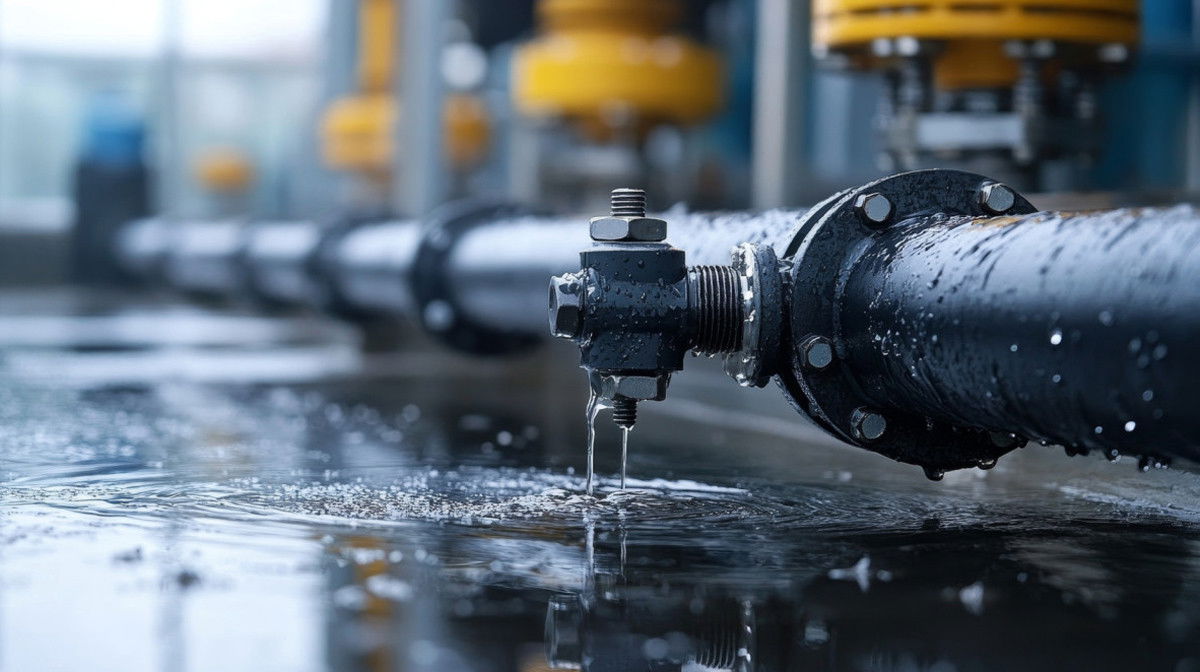
Early Leak Detection on the Construction Site
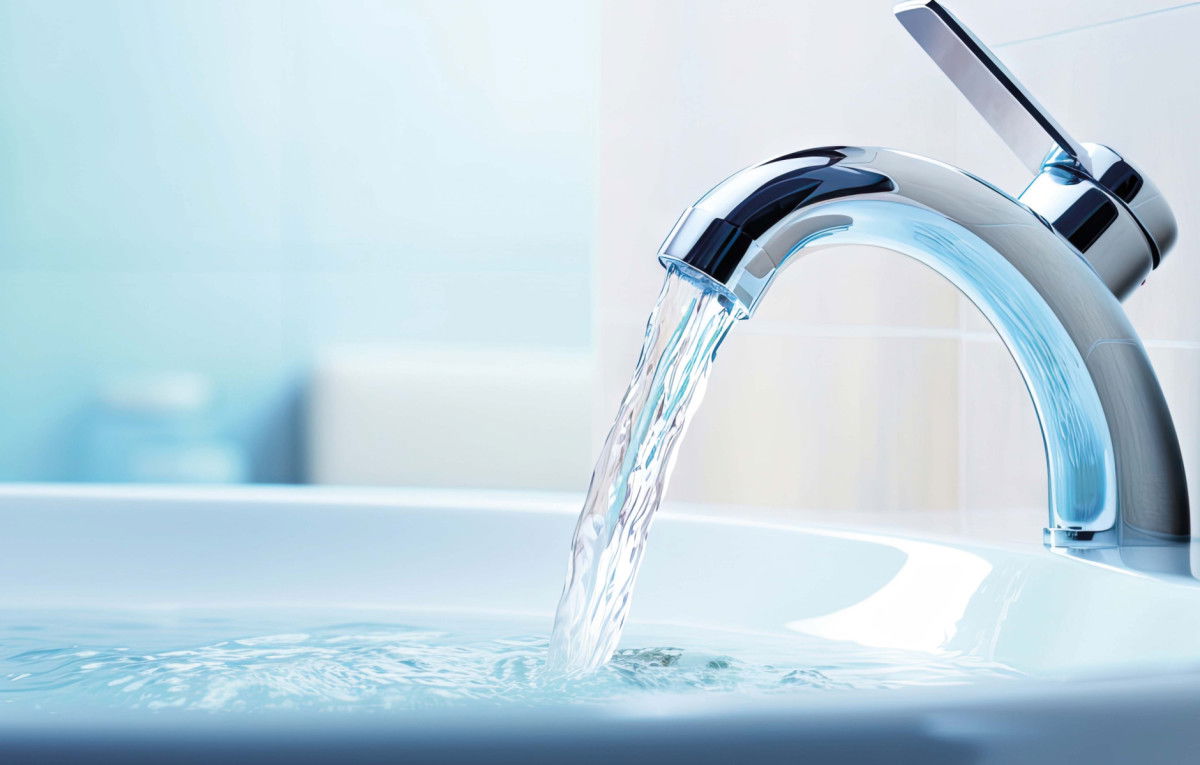
Without Water Everything Comes to a Halt (EN)
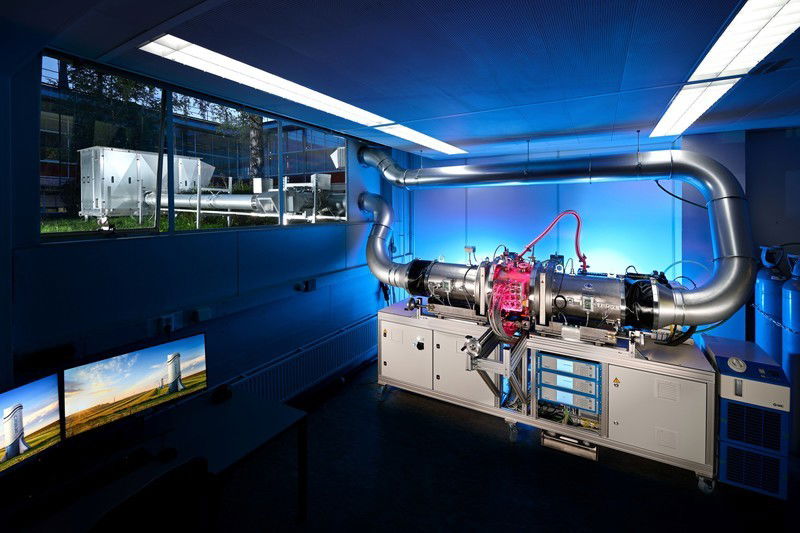
CO2 Recycling (EN)
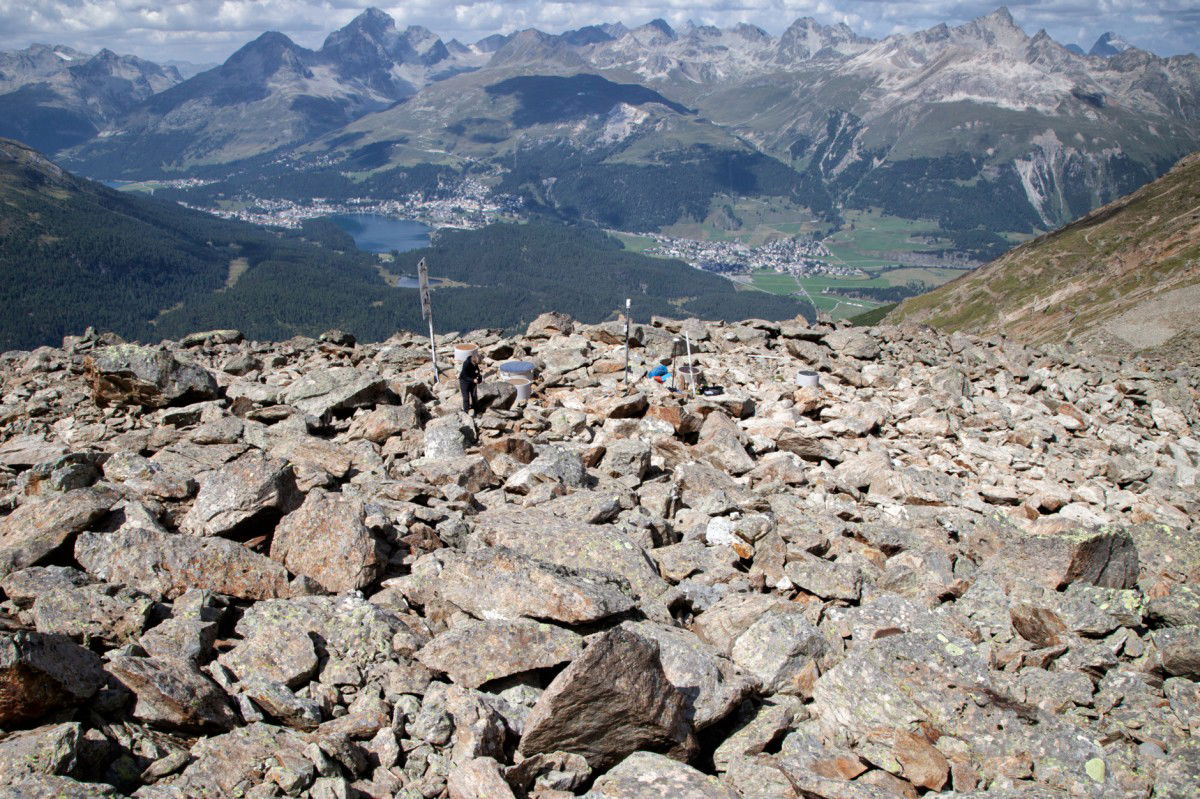
Pore-Water Pressure Monitoring in Ice-Rich Permafrost (EN)
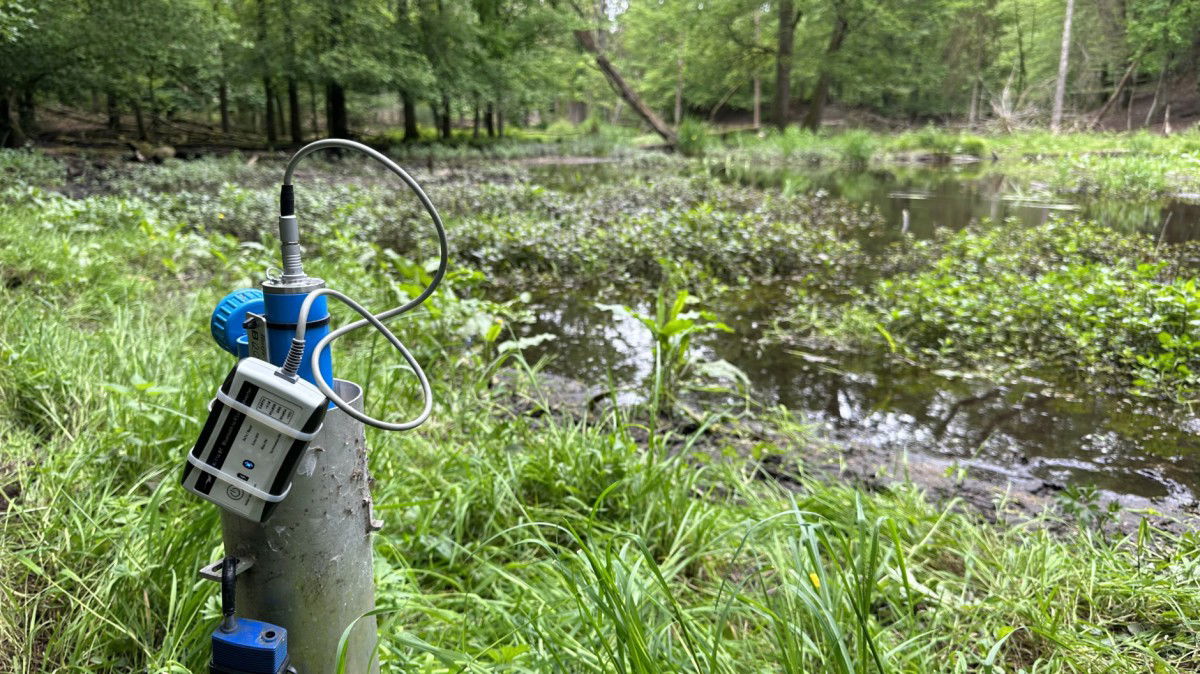
Upcycling Sensors (EN)

Monitoring the Seabed – The Subtle Distinction (EN)
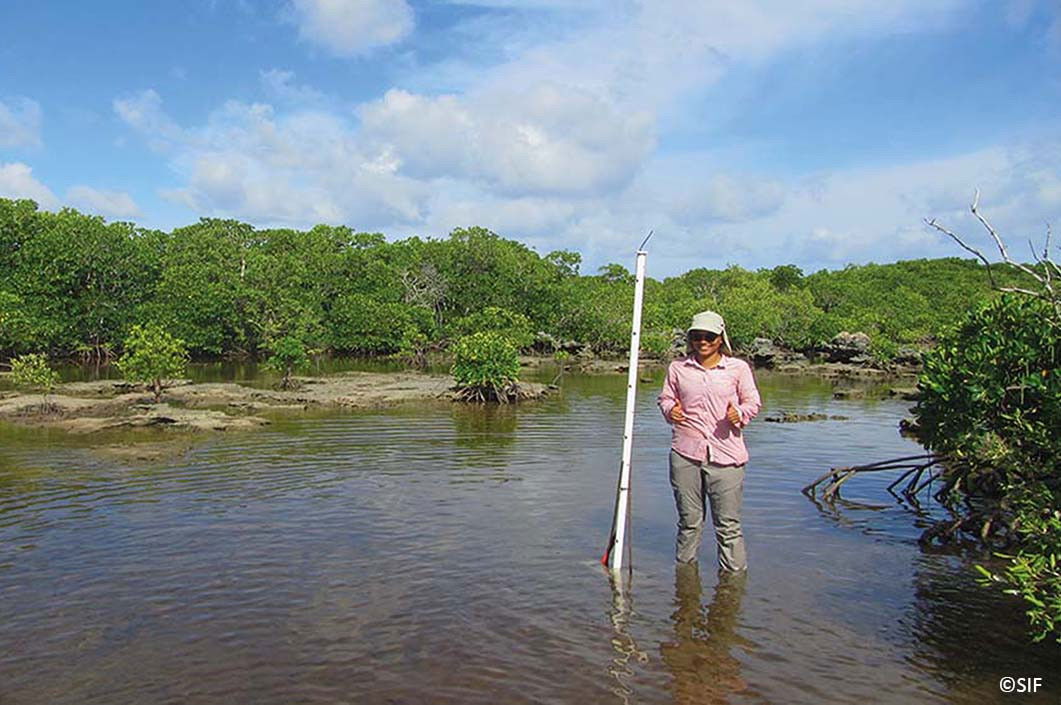
How to Measure the Pressure on our Eco-System (EN)
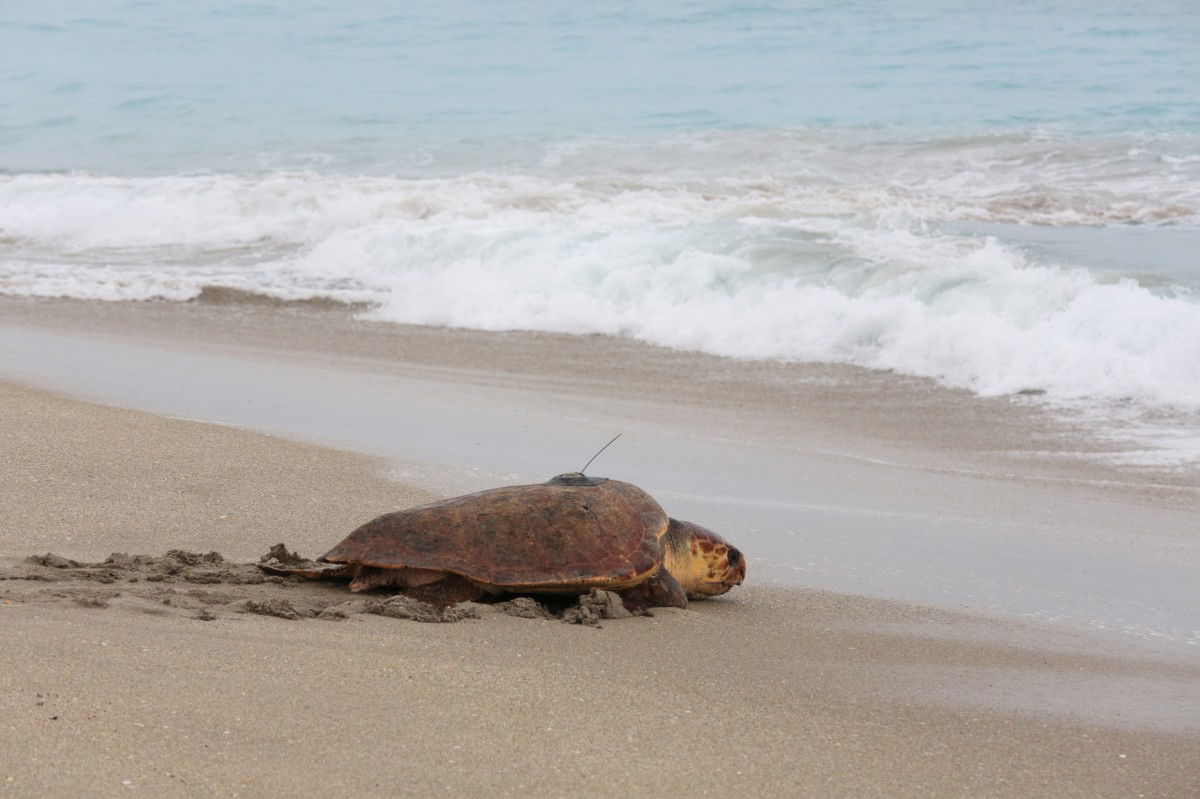
Tracking devices for marine animals (EN)
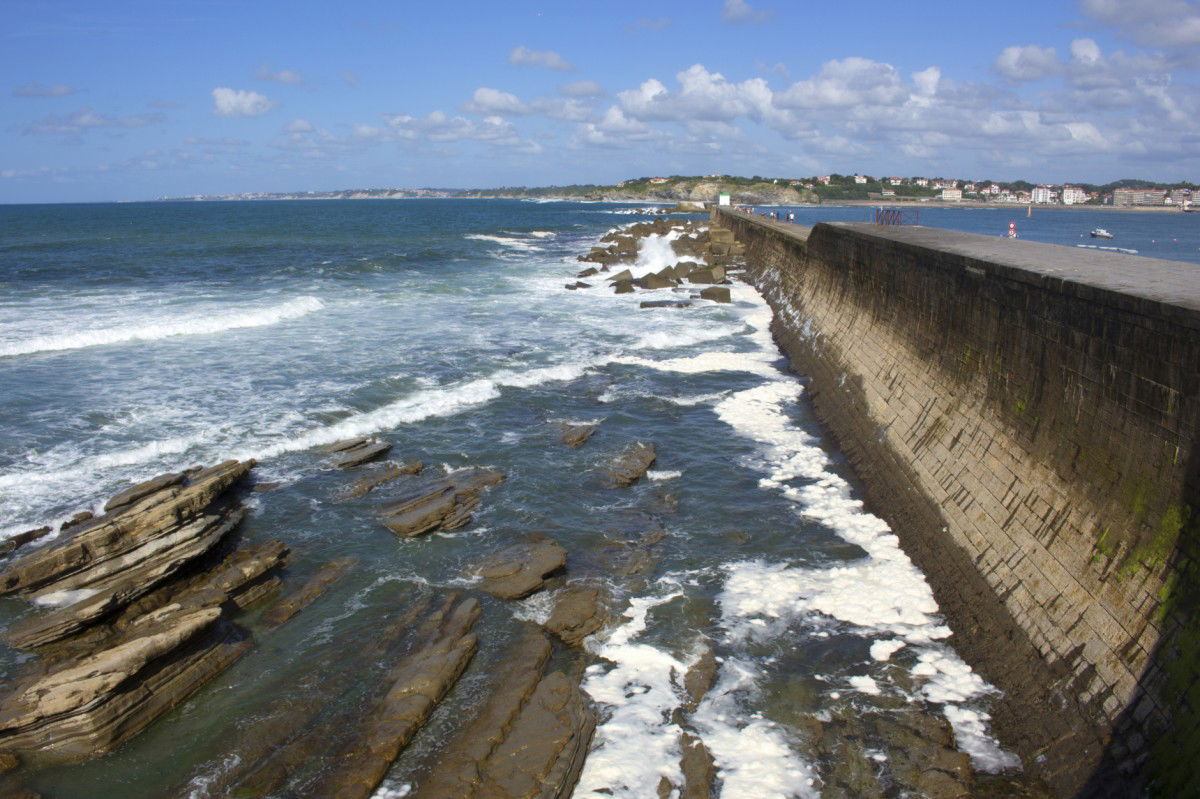
Measuring wave impact pressure (EN)
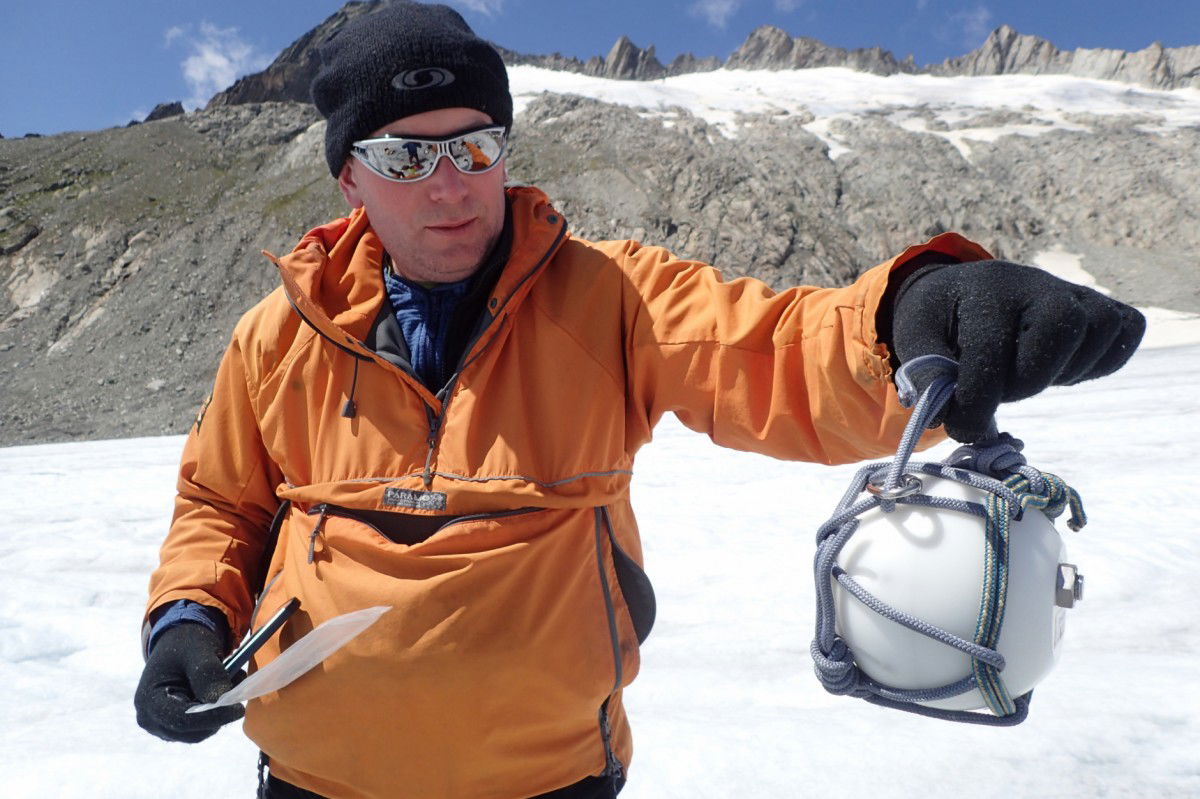
Cryoegg Glacier Research (EN)

Sistema de agua de la reserva Kololo
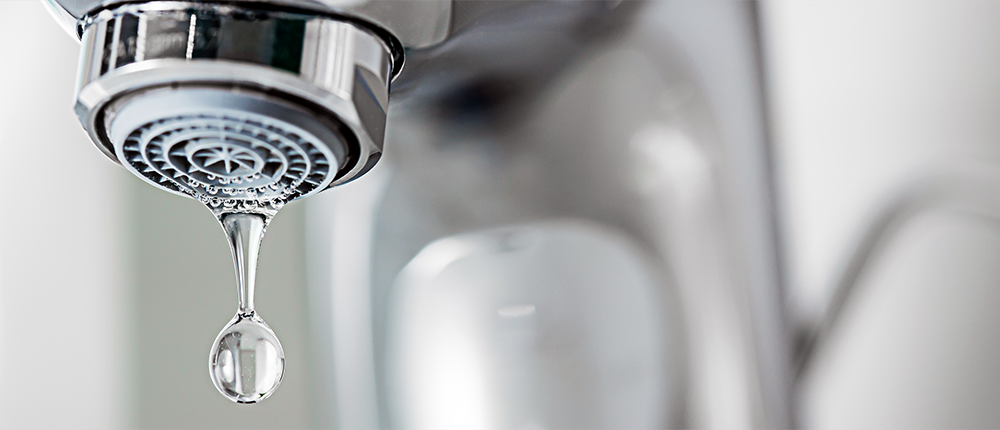
Reducing Drinking Water Losses (EN)
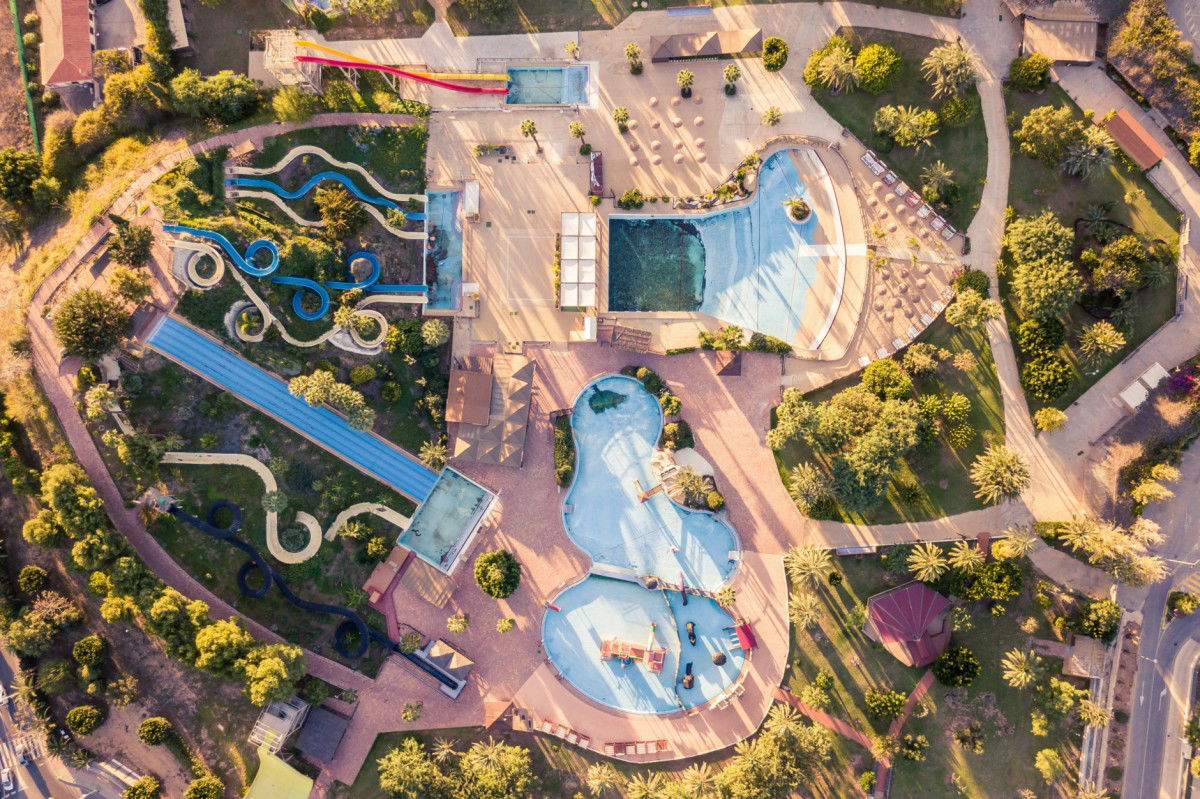
Hydraulic Network Analysis (EN)
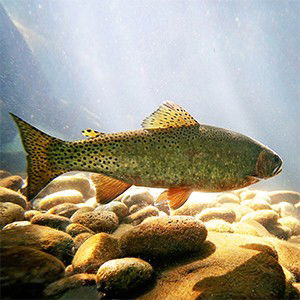
Fish Farm Water Level Monitoring (EN)
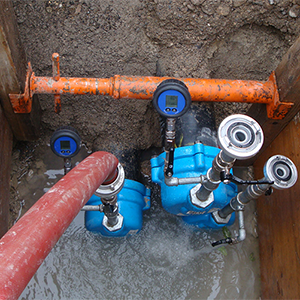
Pressure Sensors on Water Pipelines (EN)
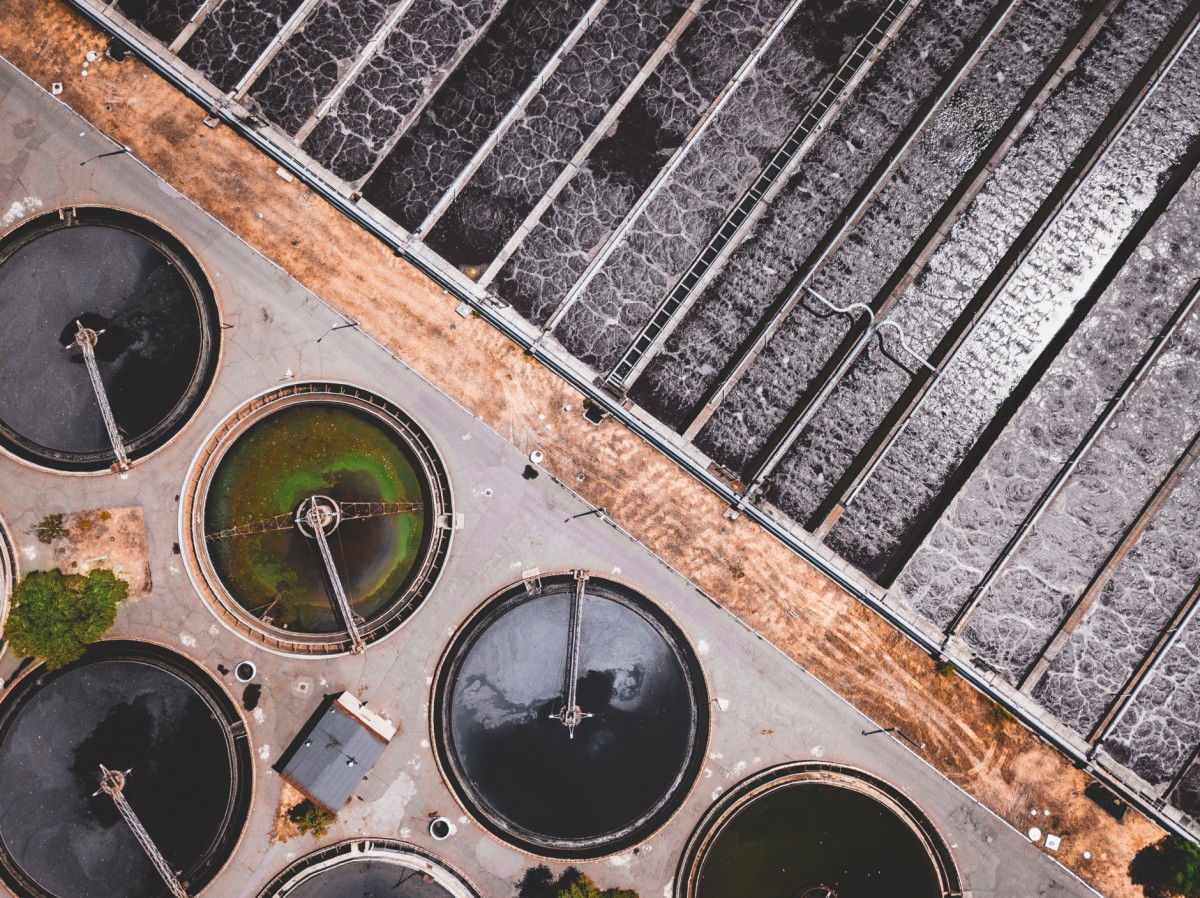
Intelligent Sewage Overflow Measurement (EN)
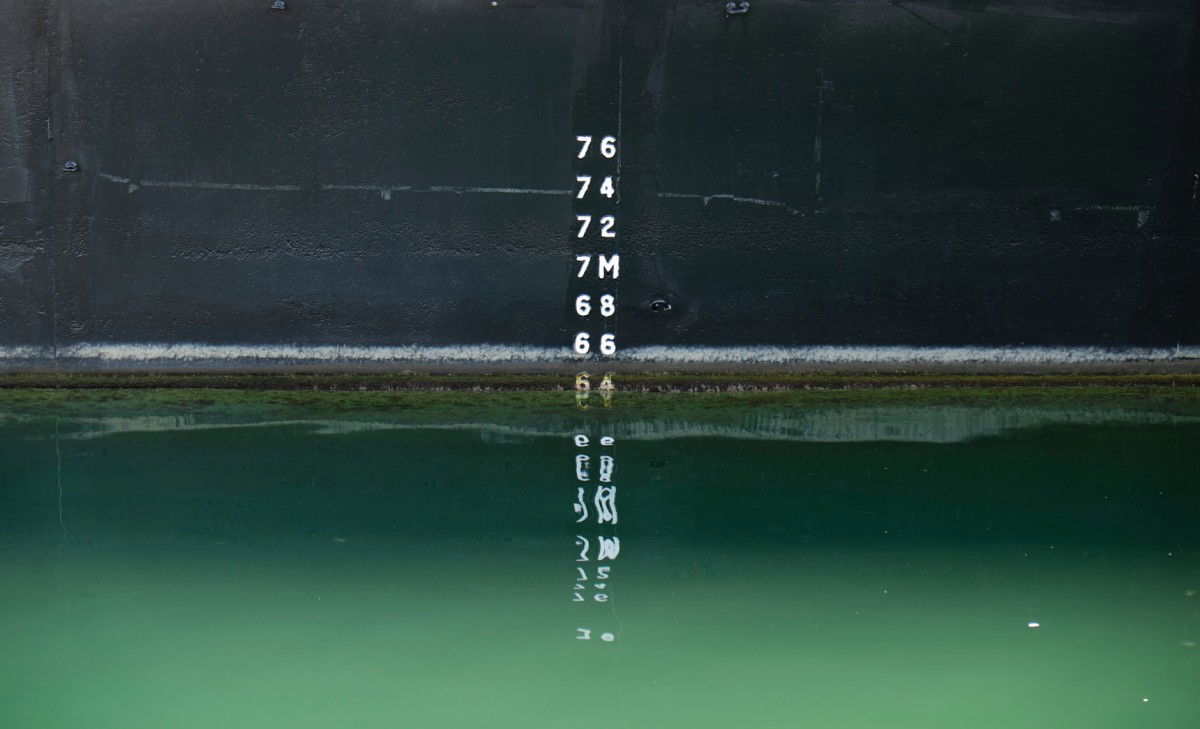
Waste Water Level Monitoring (EN)
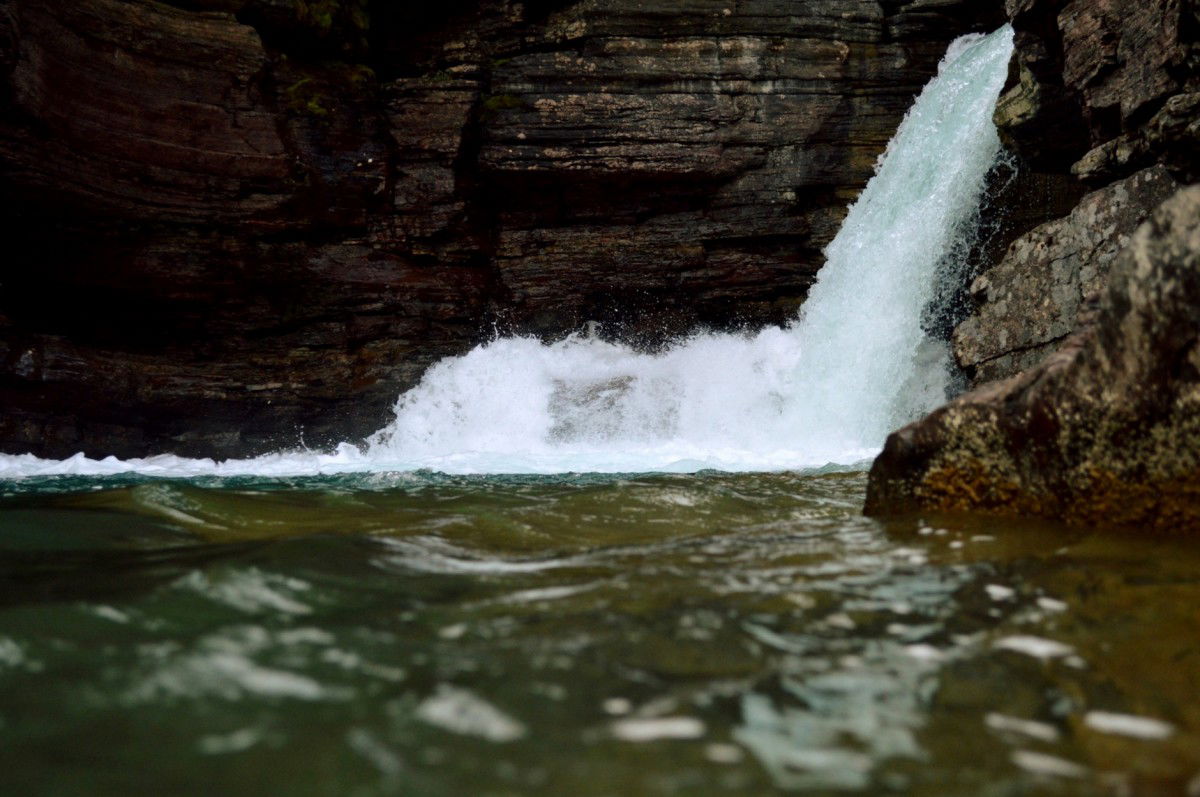
Continuous Level Measurement (EN)
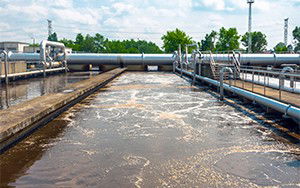
Avoiding Pump Failures (EN)
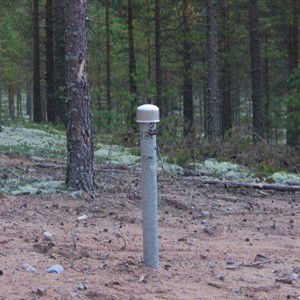
Wireless Groundwater Monitoring System (EN)
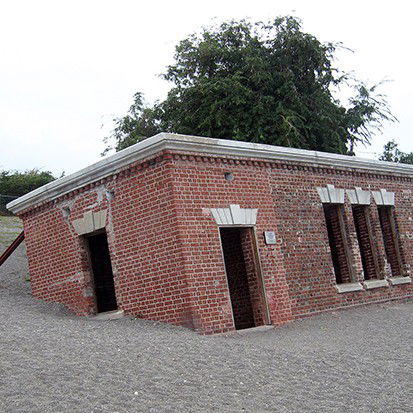
Cone Penetration Testing (EN)
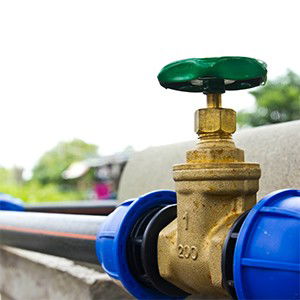
Water Consumption Monitoring (EN)
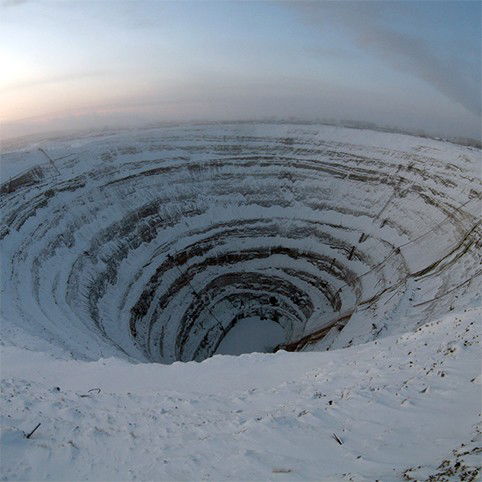
Water Monitoring in Open-Pit Mining (EN)
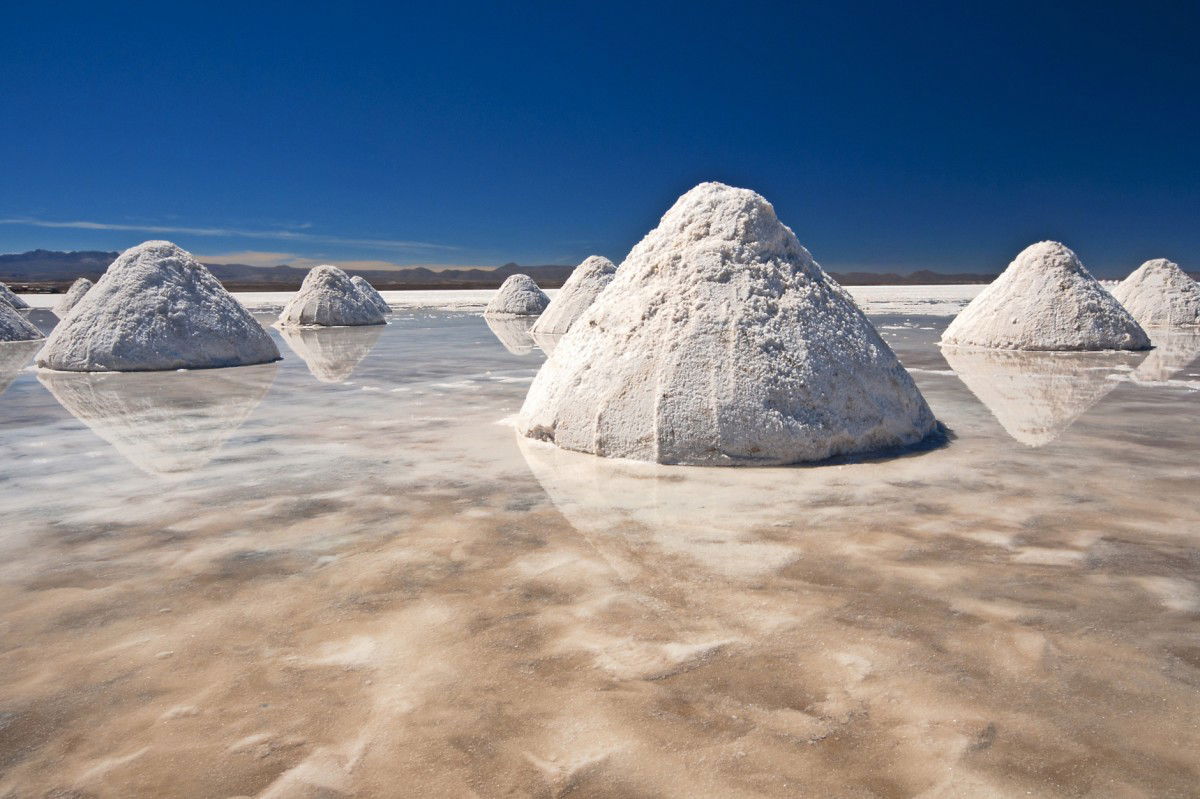
Lithium Brine Production (EN)
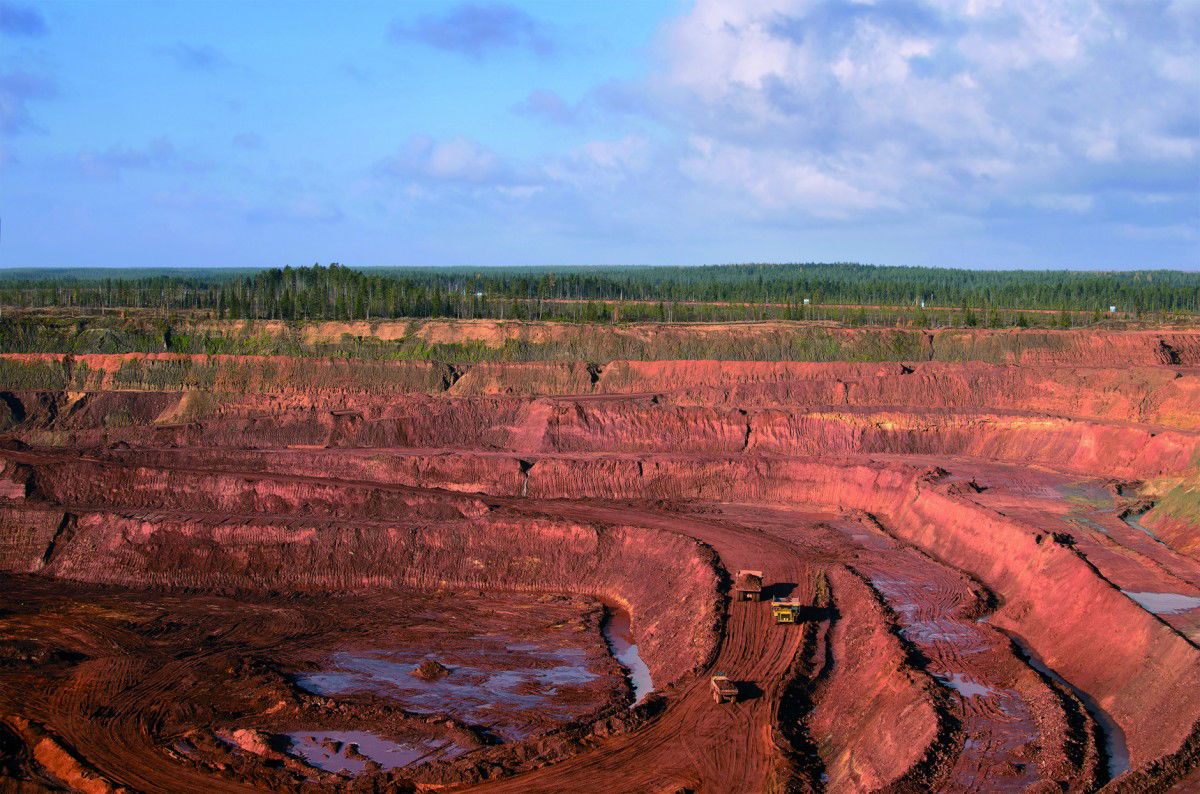
Dewatering a Diamond Mine (EN)

Mining in a Diamond Deposit (EN)
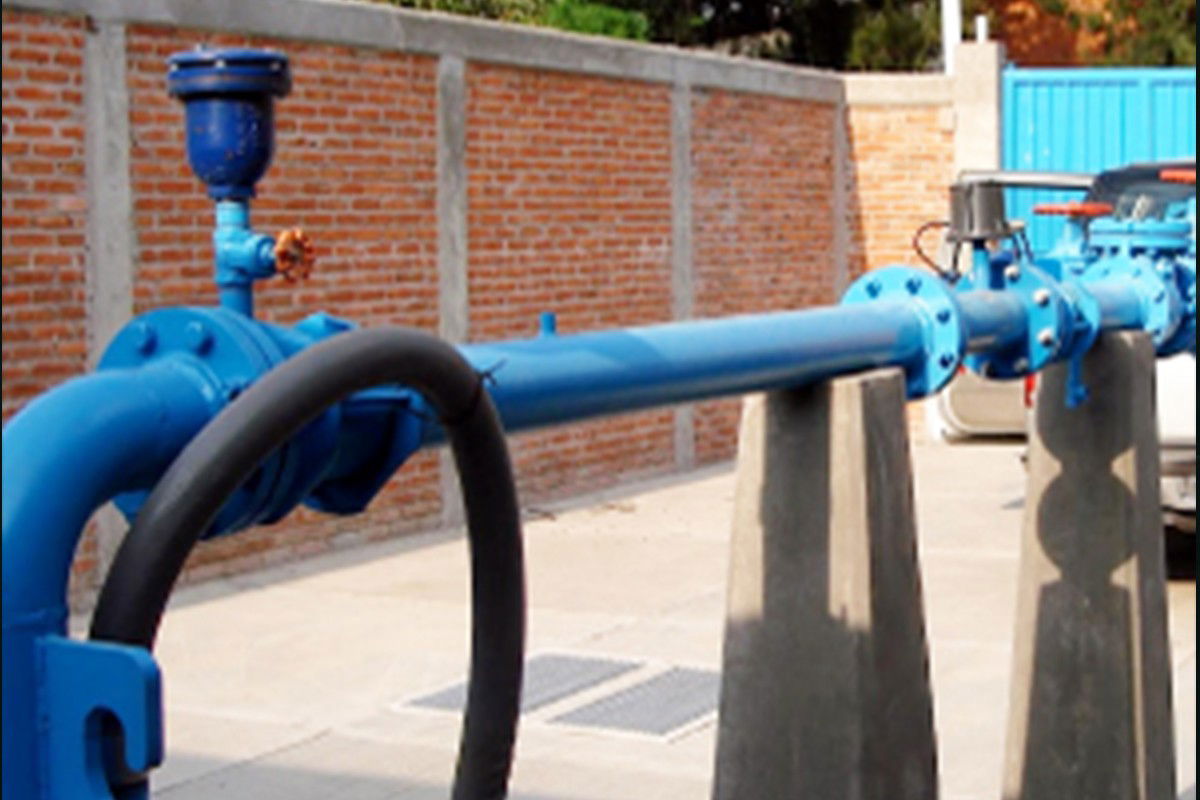
Water Wells Level Measurement (EN)
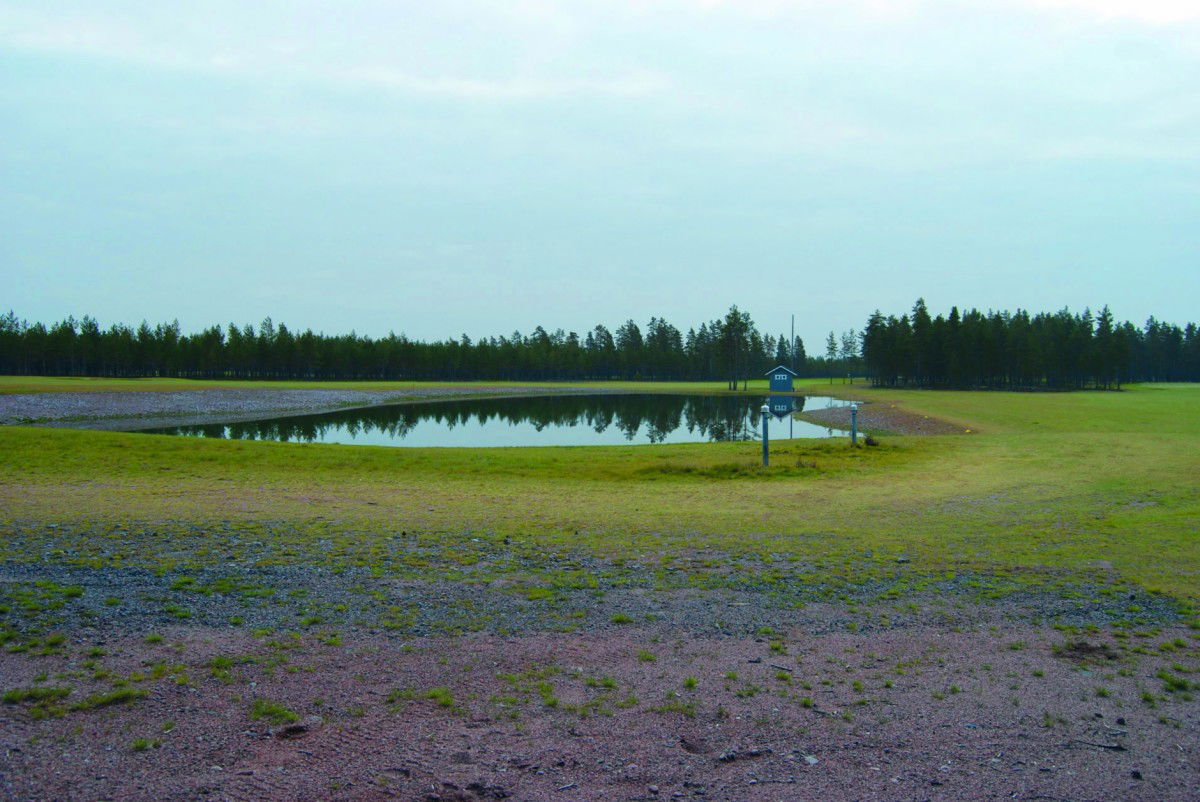
Groundwater Level Measurement (EN)

Alerta automática de inundación repentina
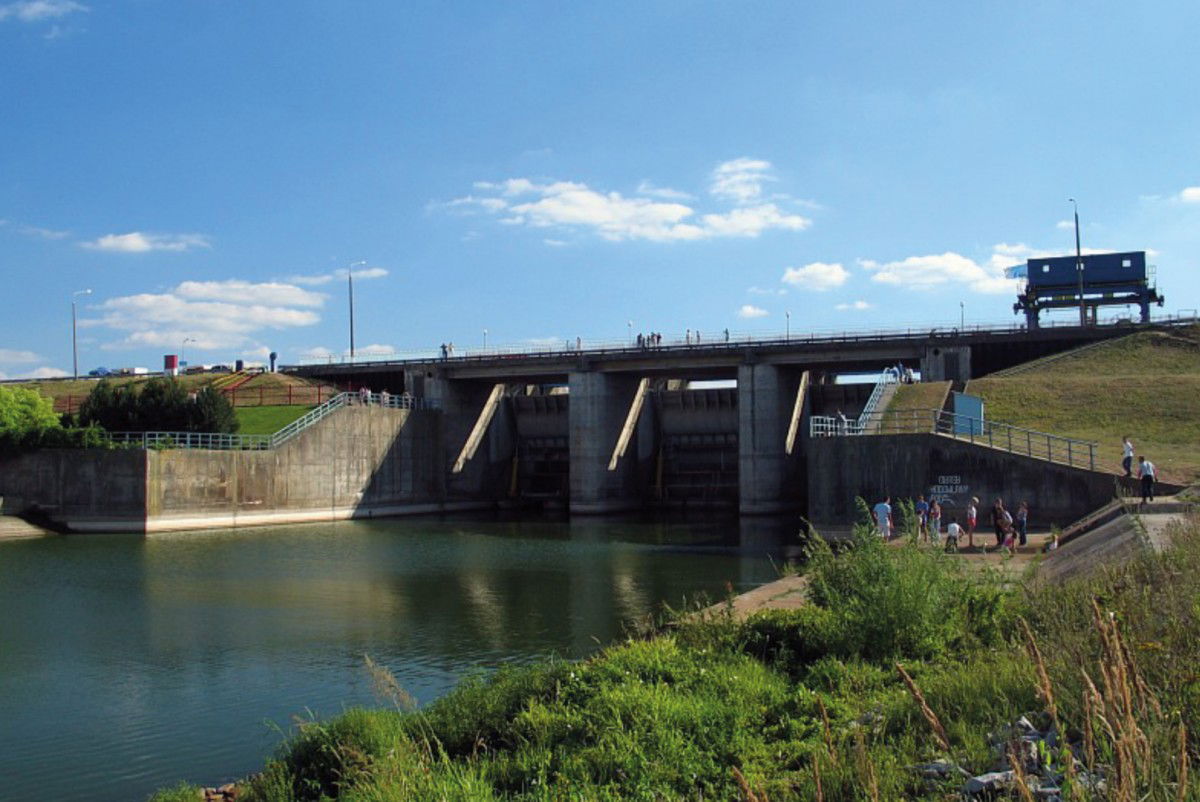
Dam Water Level Monitoring (EN)

Keeping Floods at Bay (EN)
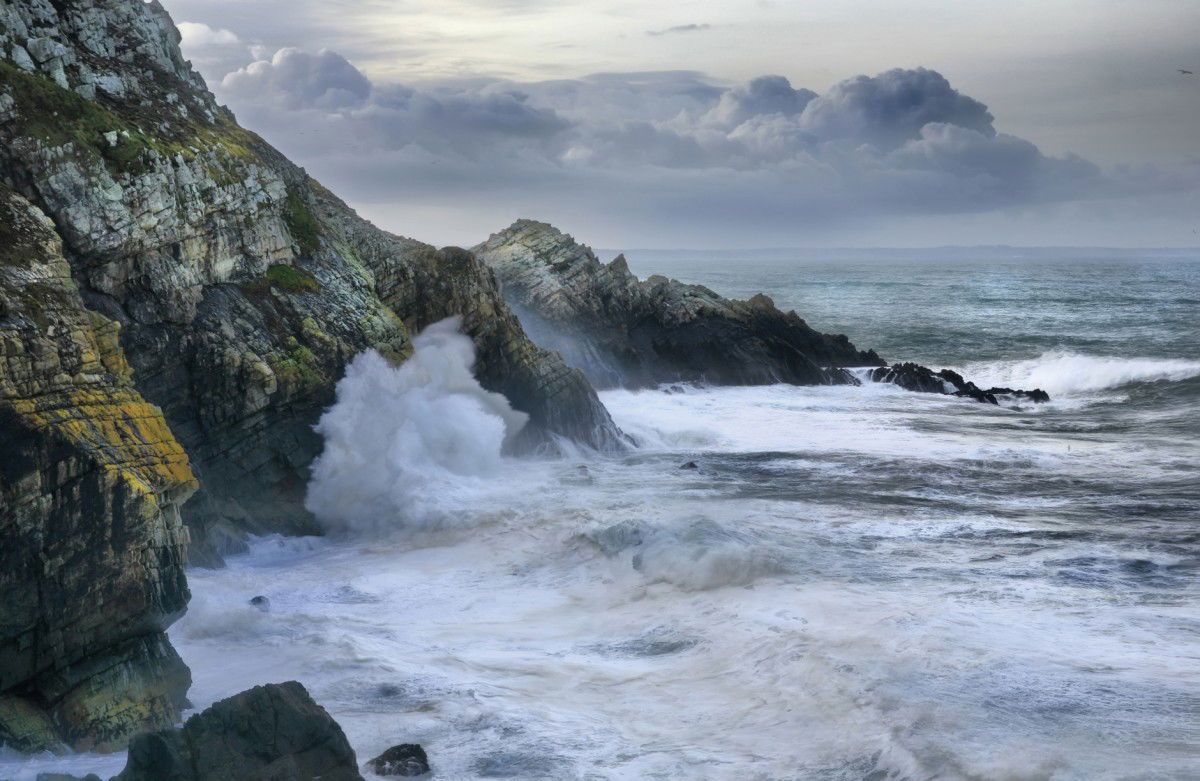
Hydrological Water Level Monitoring (EN)
Contacto
SOLUCIONES PARA SUS NECESIDADES
Le asesoramos encantados
